Hosting Public Meetings Amid Social Distancing Restrictions
The state-mandated social distancing guidelines related to the COVID-19 pandemic will likely continue to impact businesses and personal interactions alike for the coming months. While safely navigating these guidelines can pose some unique business challenges, ensuring that our clients essential projects advance has been foremost in Aspen’s response to the pandemic.
One of these challenges includes organizing and holding public outreach meetings that are typically part of the environmental review process as outlined by the California Environmental Quality Act (CEQA). These meetings allow members of the public to meaningfully participate in project reviews and ask questions or provide input on proposed projects and the environmental review process. The social distancing limitations imposed to curb the COVID-19 pandemic have prevented CEQA lead agencies from holding traditional meetings in a physical setting with presenters and a live audience in the same room.
To ensure our projects move forward without delay, Aspen has developed and refined ways to host virtual meetings. One powerful tool that Aspen has been using is Zoom, a video communications software that allows hosts to present information to an audience. Zoom has many capabilities and subscription levels depending on business needs. Aspen has kept in mind all of the features and logistics necessary to making an online public meeting successful. While we highlight Zoom in this article because it seems to be a common tool, Aspen has also successfully used other tools such as Teams and Webinar for small and large group sessions. Any virtual public outreach meeting requires a platform that includes the following features:
Guest registration. Zoom provides a sign-in function for all guests who have access to a virtual meeting. This is important for retaining the names of people who provide comments or questions during a meeting and counting participants.
Email address. An email address should be set up so that after guests register, they can receive an email confirming their attendance. This email will also allow guests to send comments and questions after a meeting.
Hosts and Co-Hosts. Multiple hosts are needed to run an effective public meeting. For example, one host presents information and controls the slideshow, while the co-host(s) moderate(s) the chat function for questions or comments from the audience.
Disabled features. Muting audience members and disabling annotation capabilities while the hosts present are important to prevent disruptions. At the end of a presentation, audience members can be unmuted individually to allow them to provide comments or ask questions.
Telephone participation. Instruct telephone participants on how to mute/unmute themselves (*6 on Zoom) and raise their “virtual” hand (*9 on Zoom).
Logistics. Provide plenty of time before a scheduled meeting for set-up to prevent technical difficulties. Allocate some time at the end of the meeting to stop recording and to save the chat, registration, and recording for future use.
Recording. A meeting can be recorded and saved for future reference. This feature informs participants that the meeting is being recorded at the start of the meeting.
Not all members of the public have the means to access these virtual public meetings at home and Aspen has worked to ensure that all members of the public, regardless of access to technological tools, can meaningfully participate. According to recent research by USC Annenberg, one out of every four households in Los Angeles County with school-aged children either do not have a residential internet connection or access to a desktop or laptop computer. To include the valuable input of all members of the public, telephone call-in access for those with limited or no access to computers or Wi-Fi should be provided with sufficient instruction on how to participate via telephone. Also, for meetings with a call-in option, consider mailing background information such as a physical copy of the meeting presentation or project summary so call-in participants can refer to these materials during the meeting.
In consultation and collaboration with our clients, Aspen continues to refine its online meeting capabilities to meet client expectations, continue compliance with CEQA requirements, and gather public input on projects despite the challenges of COVID-19 restrictions. Aspen looks forward to continuing its development in virtual capabilities, as the current pandemic has highly influenced everyday work processes.


